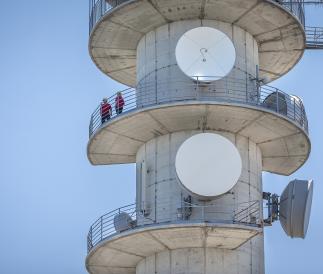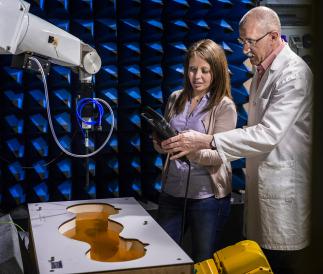Single European number 112
The single emergency number 112 introduced by European Directive 2002/22/EC of 07 March 2002 is the number to contact the emergency services in the European Union.
By keying in 112, free of charge from a fixed or mobile network, the citizen is put in contact with an operative centre that can direct the request to the relevant emergency service. The service is operative in all 28 Member States, even if in some countries, the service does not yet cover the whole of national territory.
In our country, in fact, testing of the single number started in Varese in 2010, before thereafter being extended, in 2015, to the whole of Lombardy, with a user basin of almost 10 million residents.
In 2016, to mark the Jubilee year, the NUE 112 was activated in Rome and province, with a user basin of more than 4 million residents.
The national cover plan envisages the service being activated within the first six months of 2017 in the regions of Piedmont and Val d’Aosta, Liguria, Friuli Venezia Giulia, Trentino Alto Adige and East Sicily.
To improve the management of the emergency services (112, 113, 115 and 118), in particular providing the Single Response Centre with both the identify of the caller and the Network Operator from which the call was made, so as to guarantee the geolocalisation of the caller.
TIM collaborates first and foremost with the Ministry of the Interior, the Police, the Carabinieri, the Fire Brigade, the Regions and the Local Health Authorities, to:
- Create specific NUE 112 call centres to which calls to 112-113-115-118 of the competent district, are directed;
- In the NUE112 operating rooms, calls are taken and geolocalised, improper calls are filtered, contact sheets filled in and operations carried out in telephony and data of the call to the most competent level II operating centre (PSAP2, Public Safety Answering Point level 2), according to the nature of the emergency and geographic location of the event.
The main expected benefits are:
- filtering of improper calls (jokes, hang-ups, mistakes, etc.) and therefore a smaller burden of work on the specialised PSAP2 operators who are therefore able to focus on specific emergency management;
- better coordination between the forces of public order, because the SW of NUE112 is configured with a Coordinated Territorial Control Plan (PCCT) defined by the Prefect on each territory, which allows the public security emergency to be sent to the most competent response point (Carabinieri Provincial Command/Carabinieri Company Command/State Police Station/State Police Commission) in the place and at the time (PCCT are often time- sensitive);
- an important contribution to the objective of the PNSS 2020 (National Road Safety Plan) to achieve the general objective of halving the number of deaths on the roads in 2020.
1 source: Ministry of Infrastructure and Transport, value for 2013)

























